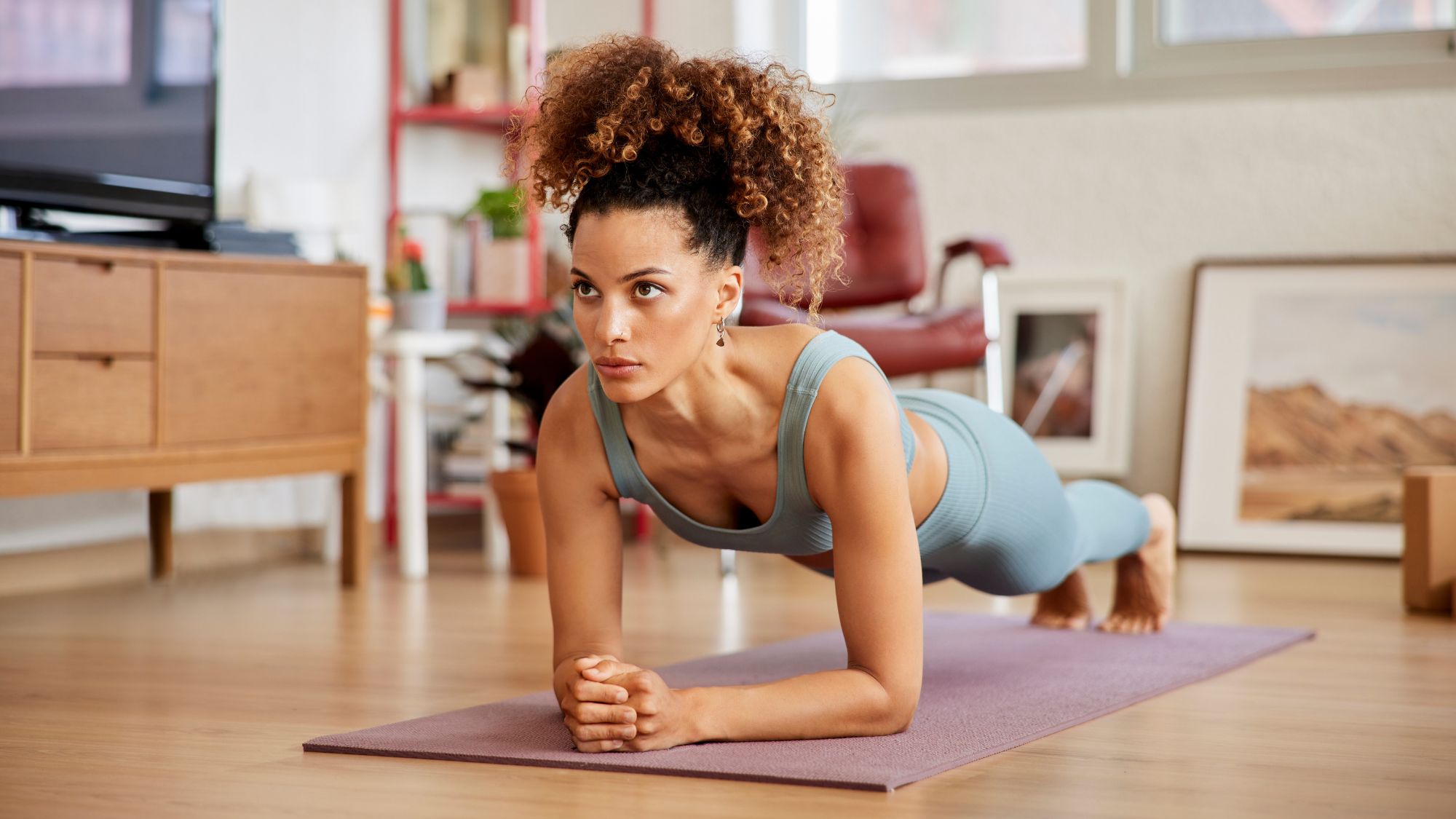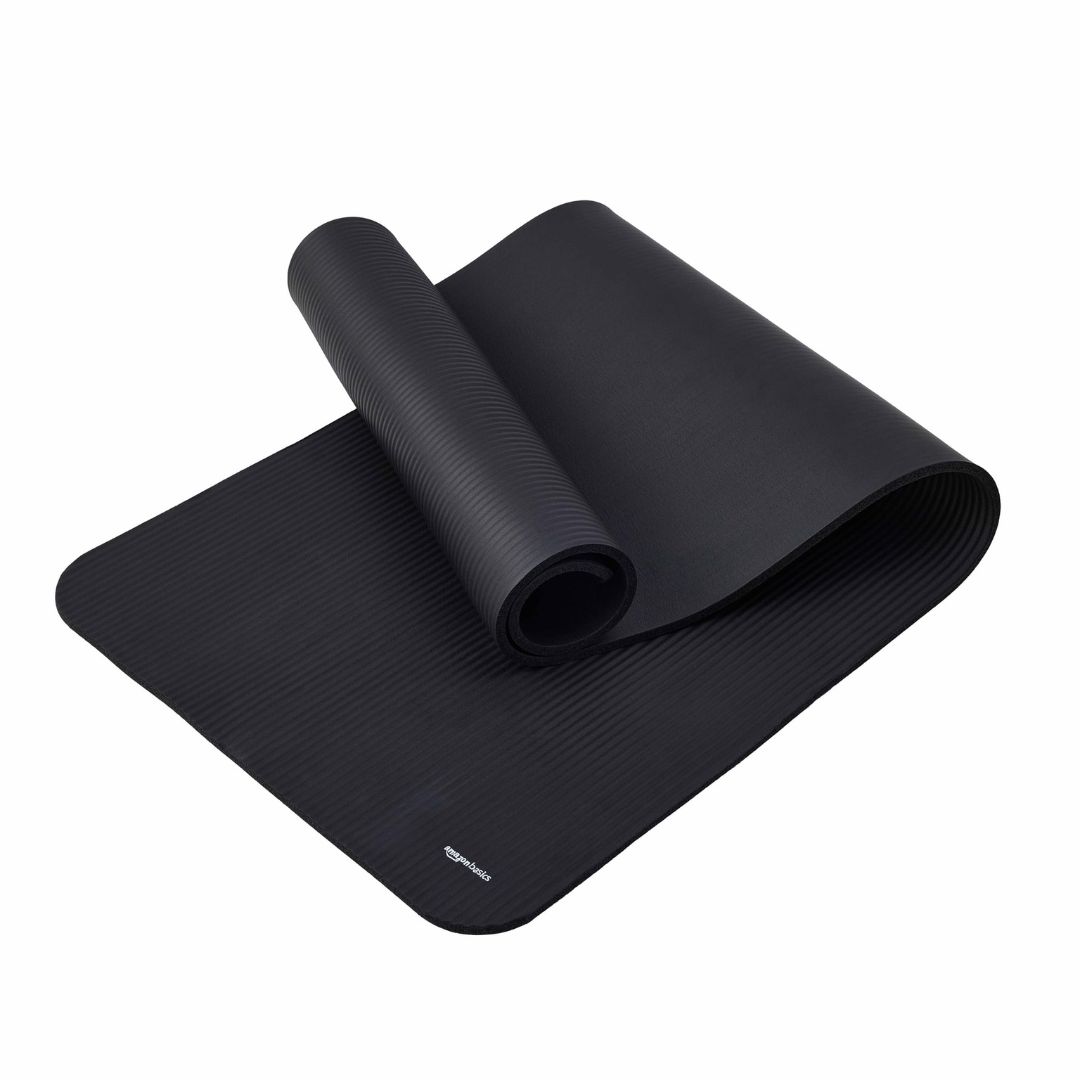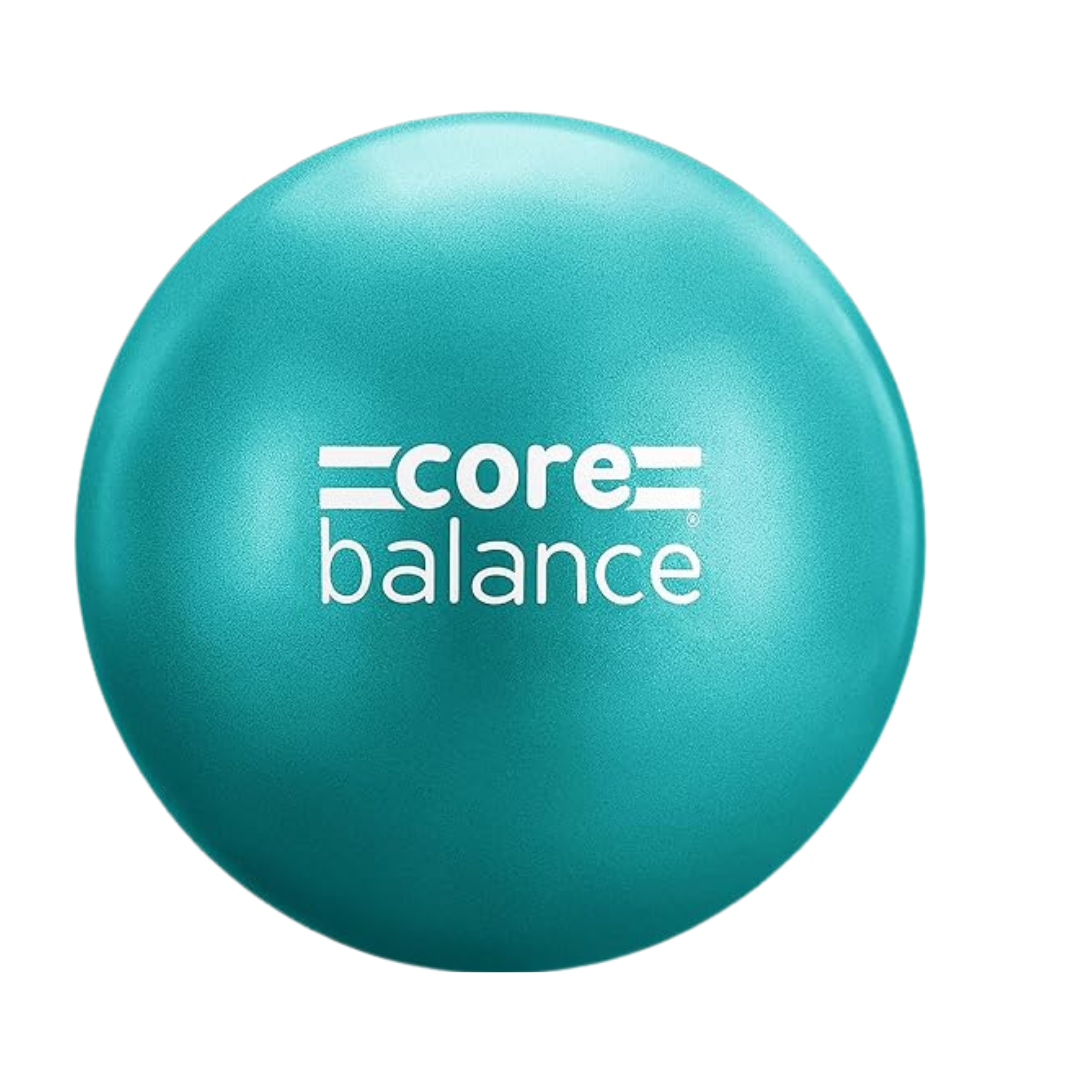They've long been called the crème de la crème of workout moves – so, how effective are planks really?
Add this power move to your weekly rotation.


Even if you don't workout regularly, you'll have heard of the humble plank. The reliable and widely accessible workout move promises to both challenge and develop the core, from the comfort of your living room, using only your bodyweight, and in as little as a couple of minutes. And with celebrities including Victoria Beckham, Margot Robbie and Kate Hudson having all been spotted practising the core move on social media, we wanted to know: how effective are planks really?
Is the bodyweight exercise new to you? Personal trainer Aimee Victoria Long describes it as a core-strengthening movement that involves holding a position similar to a push-up for a specific duration. “It primarily targets the muscles of the core, including the rectus abdominis, obliques, transverse abdominis, and also engages the shoulders, back, and glutes,” she explains. Together, these muscles work to stabilise your spine and keep your body balanced, so it’s important that they’re prioritised during your training.
The health team at Marie Claire UK aren't new to bodyweight challenges, with one writer even trying planking every day for a week to see how effective the move was. We've also tried bodyweight squats, goblet squats, Bulgarian split squats, and push ups every day, so it's fair to say we know a thing or too about which workout moves are worth trying and which ones... well, aren't.
Keen to know whether planks should become a mainstay in your workout routine? We asked Long to talk us through the always-trending exercise, below. Don't miss our reviews of strength training every day for 7 days, strength training every other day and bodyweight lunges, while you're at it.
Wondering, how effective are planks? A top expert explains
What are the benefits of doing planks regularly?
First and foremost, planking regularly helps to improve core strength – something we’ve already lightly touched upon. “It strengthens the muscles in your core, which supports overall stability and posture,” Long says. And this is important, because? "Having a strong core is absolutely key for completing everyday tasks, such as walking and picking up shopping bags from the floor – particularly as you age.” A strong core also helps to reduce the risk of back pain and other injuries.
Planking regularly can also increase your flexibility, according to Long. “It helps to stretch and lengthen the muscles in your back, shoulders, and legs,” she says. “Because a plank is an isometric hold (meaning, you remain in one position for the entire duration of the exercise), it can help lengthen the muscle groups you’re using.”
Additionally, planking maintains its popularity (there’s always a #plankchallenge happening somewhere, is there not?) because it’s suitable for many people of varying athletic abilities, regardless of their goals. It’s an ideal and effective exercise for those looking simply to improve their core strength as well as athletes training to advance their performance. “For individuals that suffer back pain doing ‘traditional’ core exercises, like sit ups and crunches, planks are far more effective and decrease the risk of injury,” Long adds.
Celebrity news, beauty, fashion advice, and fascinating features, delivered straight to your inbox!
Providing good form is being prioritised, planking is a valuable addition to a training plan for most people. “If you suffer from joint issues in your wrists and shoulders there are always alternative plank variations you can use,” Long says.
How effective are planks for building core strength?
“Planking is one of my go-to core movements with my clients,” says Long. This, she says, is because there are so many variations that you can use as you progress in strength and fitness levels – there’s always a suitable modification.
“Planking engages multiple muscle groups simultaneously, promoting stability and strength,” Long continues. “Plank variations are far more effective than traditional crunches – and they’re also a lot more forgiving on your back. They engage deeper core muscles and require the body to work harder to maintain stability.” In a nutshell, if your goal is to build core strength, it’s worth learning a few plank variations.
Speaking of which…
How to do a traditional plank for best results
To perform a plank with solid form, Long instructs:
- Begin by lying face down on a mat.
- Place your elbows directly beneath your shoulders and align your forearms parallel to each other. You want your shoulders to be directly over your elbows so you’re in a stable position.
- Engage your core and lift your body off the ground, balancing on your forearms and toes, keeping your body straight from head to heels.
- Maintain a neutral spine, avoiding sagging hips or arching your back. Hold this position for the desired duration, breathing steadily. My key pointers to clients are to imagine you’re trying to suck your belly button towards your spine and squeeze your glutes. You want to feel engaged throughout the whole of the exercise.
More of a beginner and keen to make your plank slightly easier? Try the modifications below which are less advanced.
How to do a knee plank
- Start on your hands and knees.
- Shift your weight onto your forearms, keeping your knees on the ground.
- Hold your body in a straight line from head to knees.
How to do an incline plank
- Place your hands on an elevated surface (like a bench or wall).
- Keep your body straight from head to heels while your feet are on the ground. This reduces the weight on your core.
How to do a side plank
- Lie on one side and lift your body off the ground, balancing on one forearm and the side of your foot.
- Keep your body straight and hold the position. Switch sides after a set time.
I tried planking every day - and loved it
Anna is a health writer and workout fan who decided to give planks every ay a go, in the name of journalism.
"At the start of my plank challenge, I reminded myself that I can do hard things – especially if it only lasts for a minute. Suffice to say, I was more than grateful to crash onto my mat when the 60 seconds was up each day."
"Day two, and my minute-long plank made me aware of my abdominals switching on in a way that I hadn’t noticed before. Paying that little bit more attention to my form felt like I’d levelled up. Halfway through, my arms were shaking and I only held on through sheer determination. Was it ever going to get any easier?"
"But by day four, I really felt like I'd cracked it. I rocked happily forwards and backwards on my forearms, even dipping my hips from side to side for a little variety – inwardly congratulating myself on my progress. I was crushing it. I decided to do a little reading around the subject and, well, you know what they say – pride comes before a fall. I’d (wrongly) assumed that I was finding it easier because I was getting stronger, but it turns out that all my little tweaks were actually giving my muscles a little mini-break. Reluctantly, I went back to my original static hold."
"By the end of the challenge, I was cockily thinking about adding some time onto my plank - it's good to push ourselves, right?"
"After my week long challenge, I’m aware of the benefits of a plank and I’ve got my form down. I’ll definitely be building them into my regular routine."
Shop MC UK's go-to workout kit now:

You'll want your arms and wrists to feel supported while planking – this exercise mat is both comfy and low-cost.

Abbi Henderson is a freelance journalist and social media editor who covers health, fitness, women’s sport and lifestyle for titles including Women's Health and Stylist, among others.
With a desire to help make healthcare, exercise and sport more accessible to women, she writes about everything from the realities of seeking medical support as a woman to those of being a female athlete fighting for equality.
When she’s not working, she’s drinking tea, going on seaside walks, lifting weights, watching football, and probably cooking something pasta-based.





